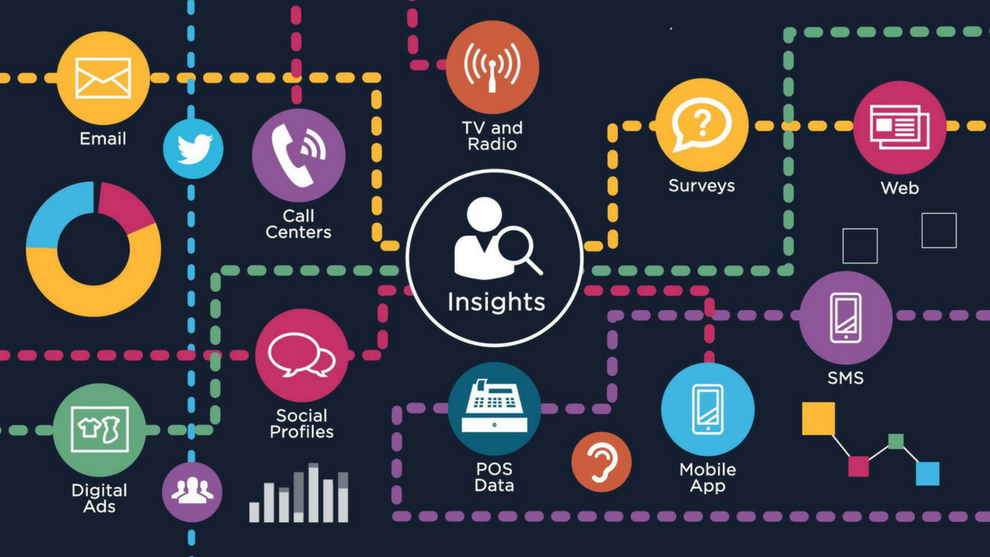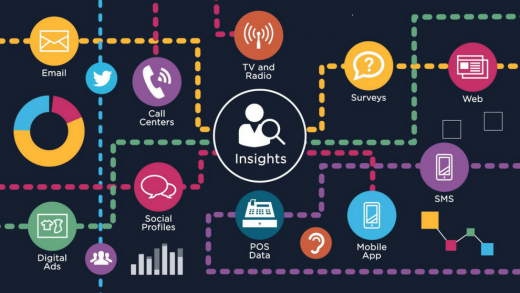Consumer insights, presentation tips
Plus, further thoughts on the great martech debate

Good morning marketers, when attending events, do you prefer 20 minute or 40 minute sessions?
That’s a debate we often have. How long should the sessions be? Especially this past year with virtual events where attention spans are already stretched.
We get a lot of feedback on this topic as well. I spend a good amount of time reading all the comments and ratings we receive about our event sessions and I’ve seen many opinions about session length. As you would expect many people say 15 minutes is too short and not enough time for speakers to dig into the topic. I’ve seen that comment on 30 minute sessions too. I’ve also seen the opposite, that 30 minute sessions are too long. After analyzing comments and feedback for years, I finally realized what the magic session length is. There isn’t one.
In the end, it’s not about length of time, it’s about what you learned or didn’t learn in the session. I’ve watched 10 minute video sessions that I got more out of than a 60 minute webinar. It’s when a speaker jumps right into the subject matter and provides clear actionable solutions, a framework, or a process that I can replicate to improve my own work that makes me feel like the session was well worth my time.
Below you’ll find tips on how to put together a successful presentation. I’m always interested in hearing your thoughts. Maybe you have some ideas about session lengths or more tips for creating memorable presentations. If you do, feel free to reach me at kbushman@thirddoormedia.com.
Kathy Bushman,
Director, Events Content
Martech, by any other name
There’s a current debate brewing about what is martech and what’s not. I’ve argued that with vision, commitment, and orchestration, many tools like project management and collaboration platforms can qualify as martech. However, there’s more to the debate than if something should be considered martech or not.
Certainly, there’s some logic to considering non-martech items as parts of a martech stack. One of the major reasons for including non-martech tools is that marketing systems ideally have some integrations with organization-wide systems.
Another consideration is that project management and collaboration tools that span multiple departments will certainly affect unarguable martech. For example, if the sales department needs a landing page on the website, that may likely come through a project management system.
While a debate if a system is martech or not is an important topic to explore, it is also crucial to understand that the implications of this debate are broader than this one question.
Tips for a successful presentation
Presenters often get caught up in their subject matter and forget some of the basics that allow for clear informative presentations. If you’re getting ready to present a session at a virtual event or a webinar, here are some tips to keep in mind.
1) Get the audience’s attention by starting with an interesting fact or stat that encapsulates what the presentation is about.
2) Keep your presentation topic narrow in focus. You can’t teach someone everything they need to know about a broad topic in one 30 or even 60 minute presentation. The more specific the topic of your presentation is, the more likely you’ll deliver on what you’ve promised to teach.
3) Skip the background and get to the meat of the presentation. If someone has chosen to come to your session or webinar, they usually understand or have experienced the problem. So skip the details about why the topic is important (they know) and jump straight to the solutions you’re teaching.
4) Keep the words on the slides to a minimum and use graphics to illustrate the point. It’s been said before but it’s hard to do. The words and graphics on your slides should illustrate and enhance what you’re saying, not serve as a script. If you want your audience to have more details, provide them with separate document or handout.
5) Keep your presentation very actionable. For most event and webinars presentations the attendee wants to walk away with a new tip or technique they can use to improve their business. Providing step-by-step instructions or a framework are often successful ways of doing that.
6) Leave your audience with a summary or next steps. Don’t make your viewers work hard, leave them with a list of things to get started implementing what you just taught them.
Infutor scales its consumer insight capabilities
In the latest contribution to solving the consumer identity puzzle, consumer data management company Infutor today announced a new product, Total Consumer Insights (TCI). TCI aggregates privacy-compliant behavioral and household attributes on 266 million US consumers and 120 million households. The scale of the data-set is comparable to the U.S. consumer data-sets maintained by Epsilon and Experian, and it incorporates predictive attributes such as age, household income and gender, as well as behavioral signals.
“Infutor has been kind of behind the scenes of many of the data compilers and aggregators that are out there,” said Senat. “Now we’re moving a little bit more downstream, focusing our products, and the deployment of said products, more toward the brand and the agency.” TCI is explicitly viewed, therefore, as competitive with other products in the market. “Historically, Infutor has been very good at standardizing, cleansing and enriching data, and we’ll continue to do all of those things,” said Zora Senat, SVP of Marketing and Partnerships, “but beyond that we want to complete the cycle and move into activation and measurement.”
Why we care. Infutor’s new product is yet another piece in the complex jigsaw puzzle of consumer identity. It’s part of the trend of leaning heavily on first-party data profiles, while attaching demographic and behavioral signals to those profiles. The message heard from many sides right now is that first-party data, for all its limitations, will be the bedrock of marketing going forwards.
Integrate launches the Demand Acceleration Platform
“We would argue that the B2B buyer was changing even before COVID, but has only accelerated 110%,” said Deb Wolf, CMO at Integrate. “Buyers today are so much more on their own, and marketers are left to figure out almost how to be the marketer and the salesperson, because they need to be in all these channels where the buyers are.” That’s the context for the launch of Integrate’s Demand Acceleration Platform, aimed at helping marketers orchestrate the B2B buying experience for the digital era. Integrate describes this as an account-based, customizable, precision demand approach.
The new platform will allow marketers to connect engagement at all parts of the funnel, from content syndication to attract new buyers at the top, through webinars and display advertising, to understanding what individual account members are doing. It should also provide visibility into how channels are performing, to inform best next investments.
Why we care. These are new frontiers for B2B marketers. With buyers creating their own journeys, usually remotely and digitally, the marketer should expect to be engaged further and further down the funnel. Does this mean a different role for sales — perhaps advising and counseling rather than trying to close the deal? Perhaps so. It certainly means more focus on orchestrating the later stages of the journey, rather than just pulling accounts into the funnel based on intent and propensity signals.
Quote of the day
“…-2020: This meeting could’ve been an email. 2020-2021: This Zoom could’ve been a phone call.” Max Altschuler, VP of Sales Engagement, Outreach
Marketing Land – Internet Marketing News, Strategies & Tips
(91)



